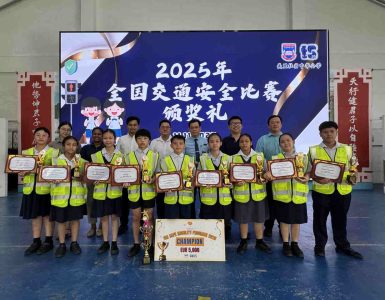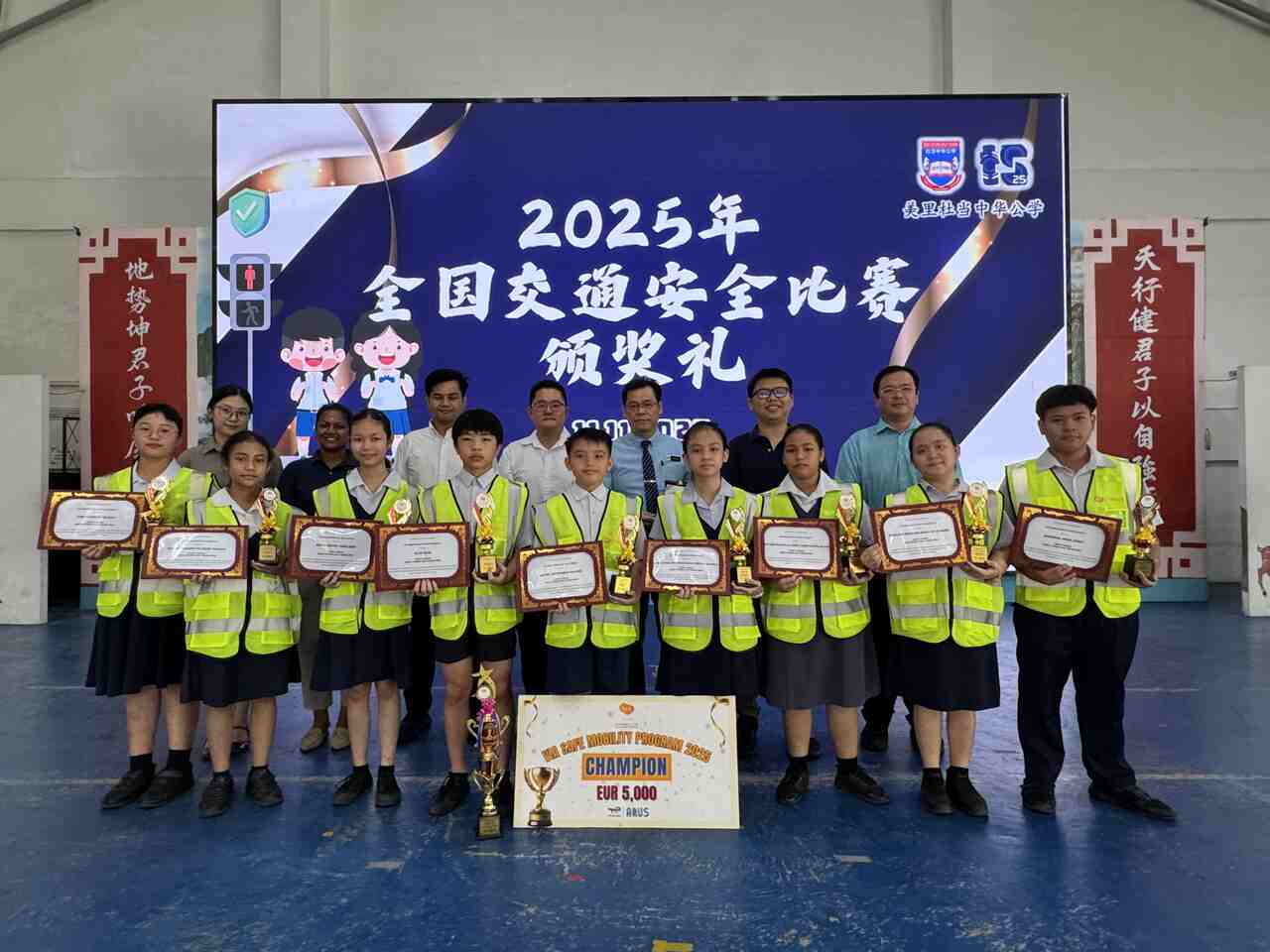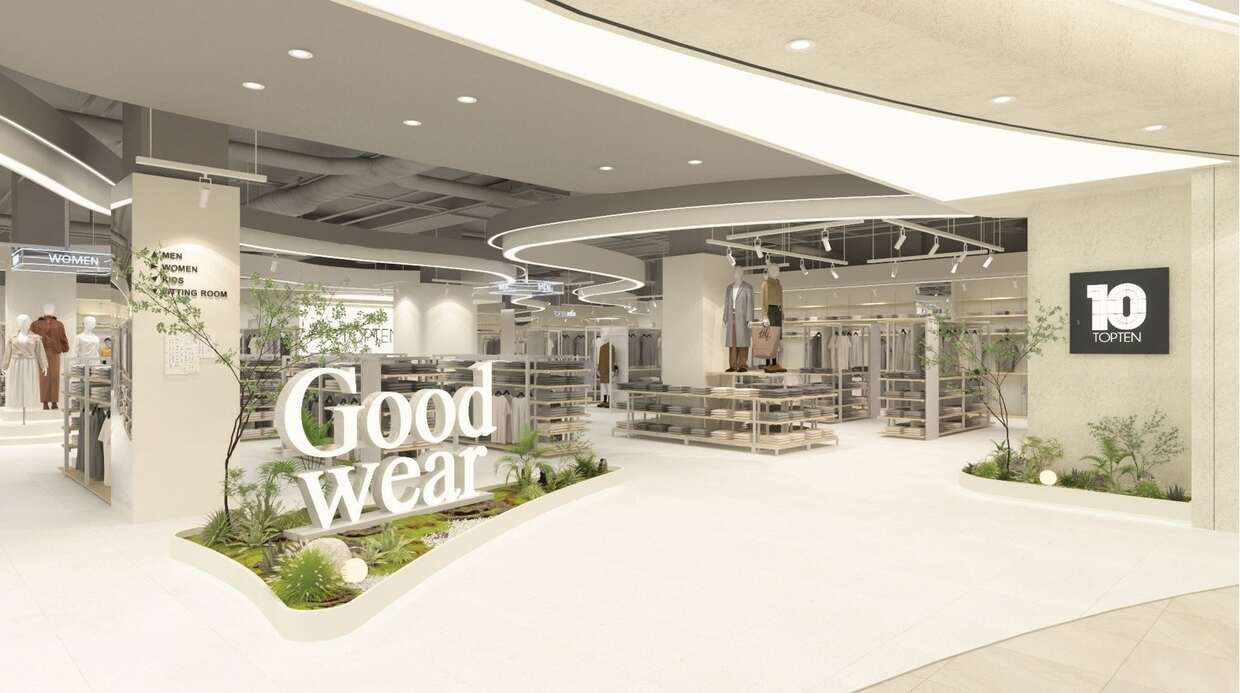
Many Malaysians do not know Stadium Merdeka is still standing strong after 65 years.
Currently, the historic site is owned by PNB Merdeka Ventures and is under the management of Merdeka Heritage Trust.
The stadium’s seating capacity is back to its initial 20,000 seats through the restoration process.
PNB has also reinstalled the pitch, removed the running track and reverted to wooden benches.
Furthermore, the floor tiles have been changed back to small mosaics, with the awnings changed to a black-and-red-and-white colour taking a cue from its original look.
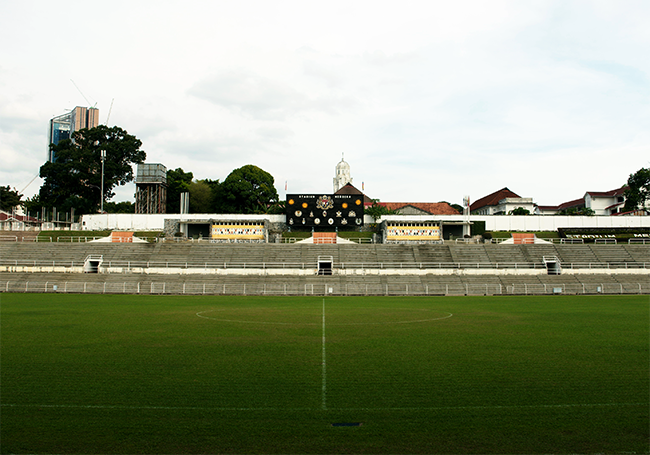
A symbol for Malaysians

Stadium Merdeka holds a special place in the heart of Malaysians.
Malaysia’s first Prime Minister, Tunku Abdul Rahman Putra Al-Haj, declared Malaya’s Independence on August 31, 1957, in this stadium. Tunku also proclaimed Malaysia here on September 16, 1963.
Tunku Abdul Rahman said during the stadium’s opening: “To me, the Merdeka Stadium is a dream come true… The name given is a most fitting one – Stadium Merdeka.”
He added that we have in this stadium, the finest in Asia, a sports ground of which any country can justly be proud.
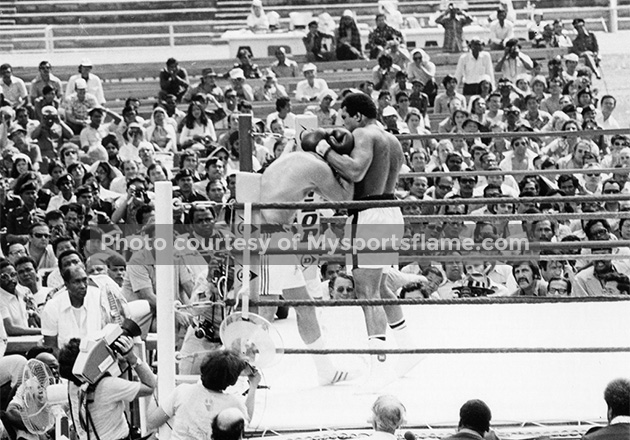
The stadium was also the venue for the Merdeka Football Tournament until 1995.
Besides that, Malaysia hosted three Southeast Asian Games in this stadium.
Apart from the fight between the legendary boxer Muhammad Ali and British boxer Joe Bugner in 1975, the stadium also hosted the Hockey World Cup final between Pakistan and India.
And, countless concerts, from Michael Jackson to Justin Bieber, performed here in the stadium.
The need for a stadium in Malaya
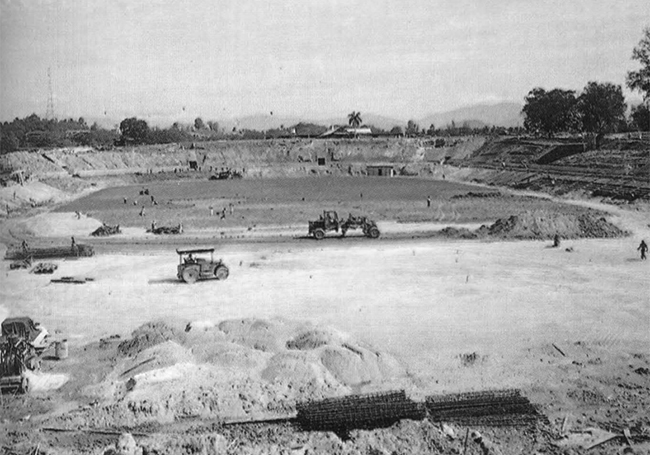
Malaya did not have a proper stadium before the Independence.
The Japanese occupation during World War II ruined the stadium in Jalan Ampang.
Kuala Lumpur Municipal Council president A.D. York said the Football Association of Selangor (FAS) proposed building a stadium in 1949.
Meanwhile, the Municipal Town Planner estimated the cost of building at $2.4 million.
After winning the first general election in Malaya, Tunku, as the Chief Minister, started an advisory committee led by E.M. McDonald to study the possibility of building a stadium.

One of the first places Tunku visited was the Chin Woo stadium; from there, he identified Coronation Park.
Coronation Park was the oldest golf course in Kuala Lumpur but ceased operations in 1921.
“Don’t you think it would make an ideal spot for the Merdeka Stadium?” Tunku asked E.M. McDonald.
Following this, on July 11, 1956, Tunku received approval for the proposal and transferred it to the Malayan Public Works Department four days later.
Building Stadium Merdeka
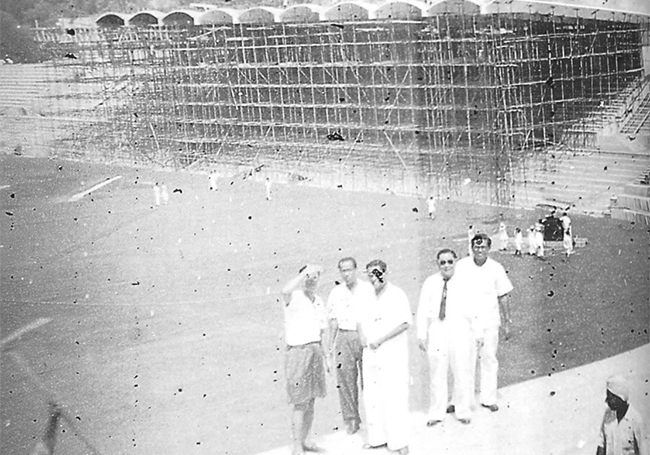
The stadium construction took place from September 25 1956, to August 21 1957.
The Director of the Public Works Department, Stanley Edward Jewkes, took charge of stadium design. Meanwhile, engineers Lee Kwok Thye, Chan Sai Soo and Peter Low handled the project.
Tunku laid the cornerstone of the stadium on February 15 1957.
1952 Kuala Lumpur Municipal Council member Tan Sri Devagi Krishnan recalled how Tunku stressed the importance of completing the stadium in time.
“He would say quick, quick, we need to get this done,” said Devaki during a recent interview.
To ensure that the stadium would be finished in time, the design was done by “fast-track”.
The completion of the stadium
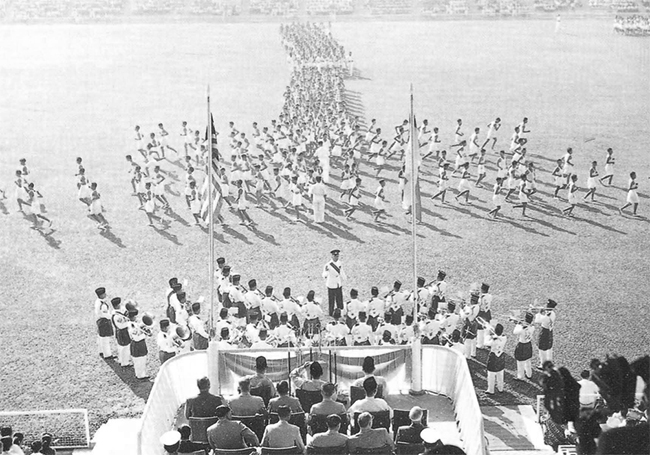
Upon its completion, the stadium held two world records: the tallest pre-stressed floodlight towers at 120 feet and the enormous cantilever shell roofs.
Engineer Lee Kwok Thye credited the Kongsi Woman, also known as Lai Sui Mui for their role in the construction.
The stadium officially opened on August 30 1957, a day before the country declared Independence.
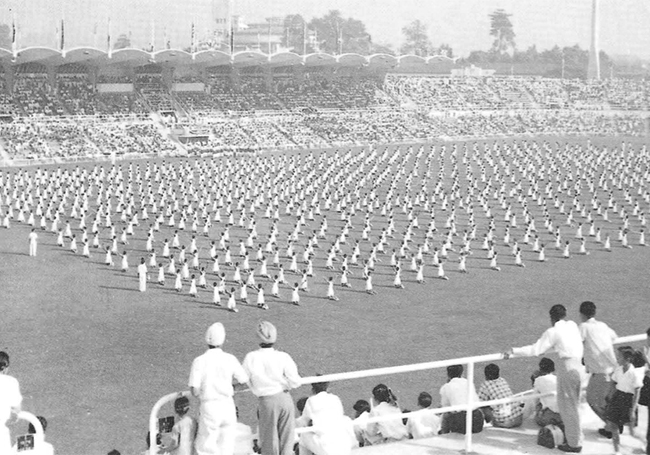
To sportsmen, I say, make the best use of it, and in making use of it, never forget what the stadium stands for, he wrote in the souvenir book.
The Government aims to promote sports, goodwill and good fellowship among Malayans and others so that the troubles which beset this world today can be smoothed out through the activities of sports and games.
“The Independence of Malaya has been won on the football pitches of this country,” he wrote in the book.
Stadium Merdeka: The national heritage building.
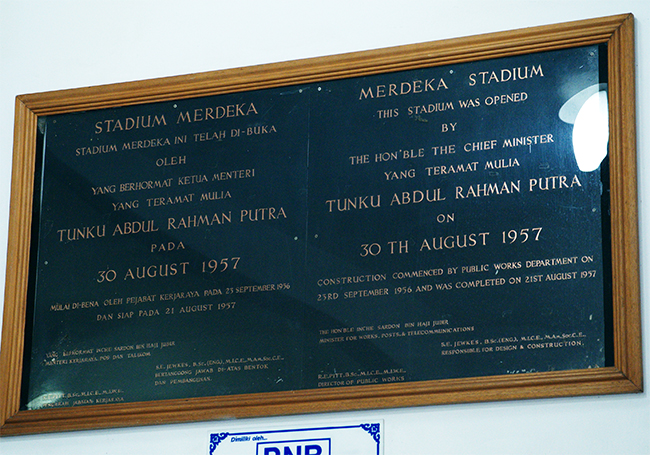
Stadium Merdeka became a national heritage building in February 2003.
Following this, the stadium underwent restoration process to its original 1957 condition as part of Malaysia’s 50th-anniversary plans.
President and Group CEO of Permodalan Nasional Berhad Ahmad Zulqarnain spoke to The Edge Markets about the misconception of the historic building making way for the PNB tower.
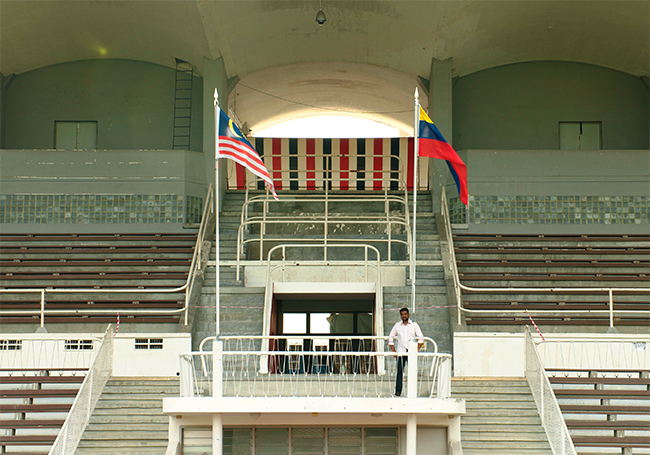
“It is the exact opposite. We are lovingly restoring it to its original state and would like to make it available to all Malaysians,” he said.
Soon, visitors can freely access Stadium Merdeka by walking across a park to the Merdeka 118 tower.
The Merdeka 118 tower will feature a seven-storey shopping mall, office spaces, the luxury hotel Park Hyatt hotel, and the highest observation deck in Southeast Asia known as “The View at 118”.
Ultimately, PNB is conserving the two historical landmarks, Stadium Merdeka and Stadium Negara, and is committed to ensuring it remains for future generations.
The United Nations Educational, Scientific and Cultural Organisation (Unesco) recognised the restoration works on Stadium Merdeka by awarding the 2008 UnescoAsia-Pacific Heritage Awards for Culture Heritage Conservation.
Reference: Stadium Merdeka & Stadium Negara, Meniti Kegemilangan by Adnan Haji Nawang and Jatswan Singh Sidhu


